Raspberry Pi: A BBC Micro for today's generation
Inside the Enterprise: The tiny, educational computer could be the best thing to happen to technology for years – even if it will be a while before businesses see the benefits.

Will a $35 experimental computer change the face of business technology? There is every chance that it will.
The Raspberry Pi, which launched this week, could lay down the foundations for a new generation of programmers, software engineers, interface designers and application developers. And it is British.
The neat thing about this little computer is not that it uses an ARM chip or Linux (though these are both welcomed by many in the IT community), but that it exposes its innards to the user.
The Pi is a small computer based on a single motherboard. It is not immensely powerful hardly a surprise at about 25 a unit but it is very flexible. The basic technology centres around an ARM processor core (another British design), on a Broadcom chip. The more expensive, type B model has Ethernet and USB ports, as well as video out and even HDMI. Sure, the main chip, at 700 MHz, is less powerful than that in many smartphones. But the Pi's power lies not in its hardware, but its ability to inspire young(er) minds.
In many ways, the Pi is the successor to the BBC Micro. There are few leaders, academics or entrepreneurs in IT today under 50 who have not spent at least some time with the BBC Micro.
But computer science teaching, in the UK at least, has been under pressure since the Micro's heyday in the early 1980s. The Royal Society recently labelled school IT teaching as unsatisfactory and even the Government has admitted that there needs to be change.
The current school curriculum emphasises PC skills, at the expense of an understanding of computer science. Arguably basic IT literacy skills are "life skills", along with reading, writing, and arithmetic, that students should start to learn in primary schools, and should develop through their general education at a secondary level. It would be wrong to argue that students do not need to be IT literate; everyone does these days. But that should not be at the expense of specialist education for the next generation of computer scientists.
Get the ITPro daily newsletter
Sign up today and you will receive a free copy of our Future Focus 2025 report - the leading guidance on AI, cybersecurity and other IT challenges as per 700+ senior executives
Which brings the discussion back to Raspberry Pi. The neat thing about this little computer is not that it uses an ARM chip or Linux (though these are both welcomed by many in the IT community), but that it exposes its innards to the user. You can see the chips, the circuits and the interfaces that even the BBC Micro kept hidden. This makes the idea of programming the device all the more real (and fun). Along with other, more toy-based gadgets such as the superb LEGO Mindstorms robotics kits should turn a new generation on to computing and engineering. In turn, hopefully they will develop the next generation of business applications and technologies.
Speaking personally, I plan to order a couple of Pis for the kids, just as soon as they are back in stock. And one for myself, of course
Stephen Pritchard is a contributing editor at IT Pro
-
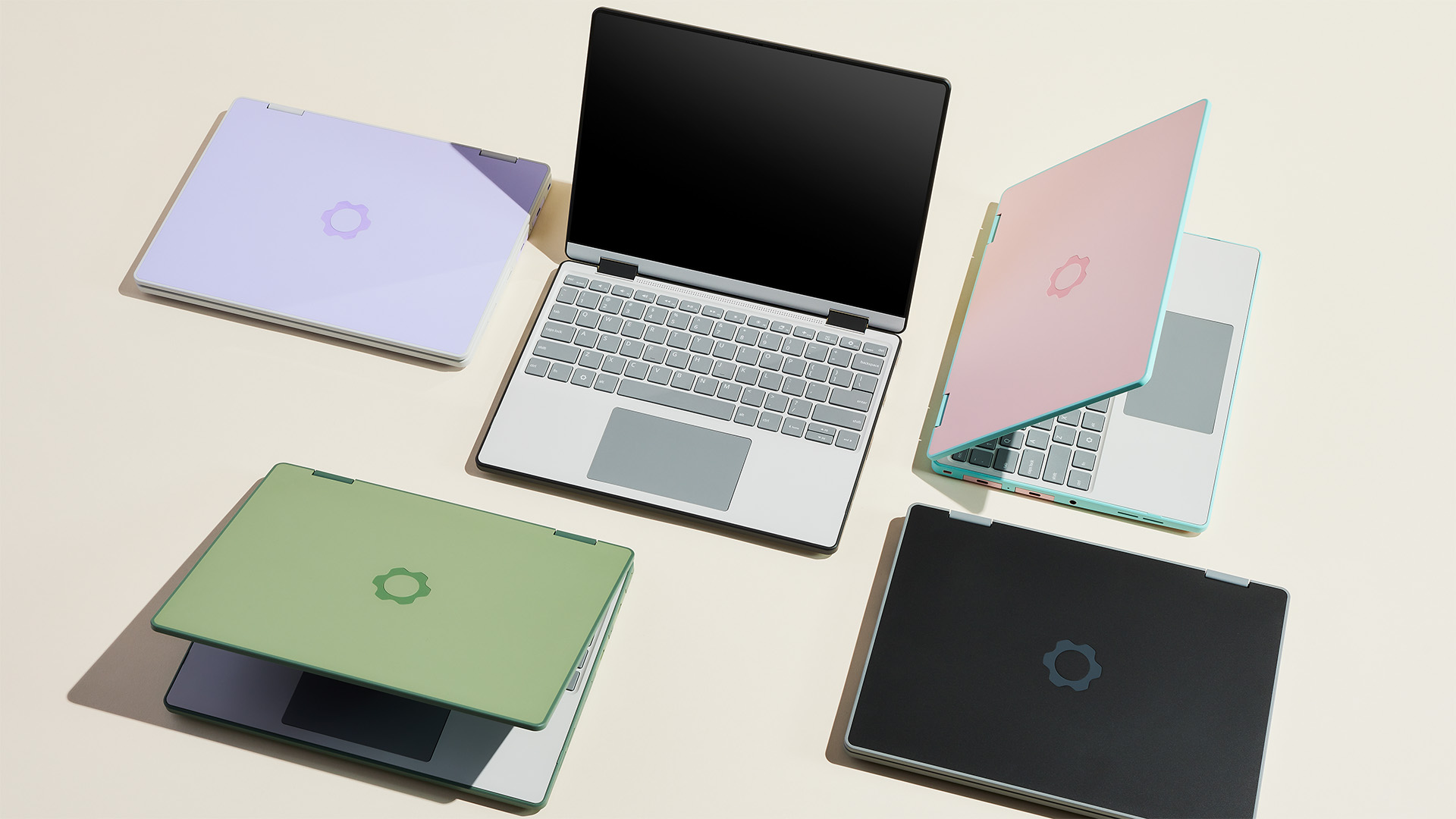 ‘We would have to sell the lowest-end SKUs at a loss’: Framework says it’s ‘temporarily pausing’ some US laptop sales amid tariff disruption
‘We would have to sell the lowest-end SKUs at a loss’: Framework says it’s ‘temporarily pausing’ some US laptop sales amid tariff disruptionNews Modular laptop designer Framework says it is “temporarily pausing US sales” in response to the disruption caused by US tariffs on Taiwanese imports.
By Ross Kelly
-
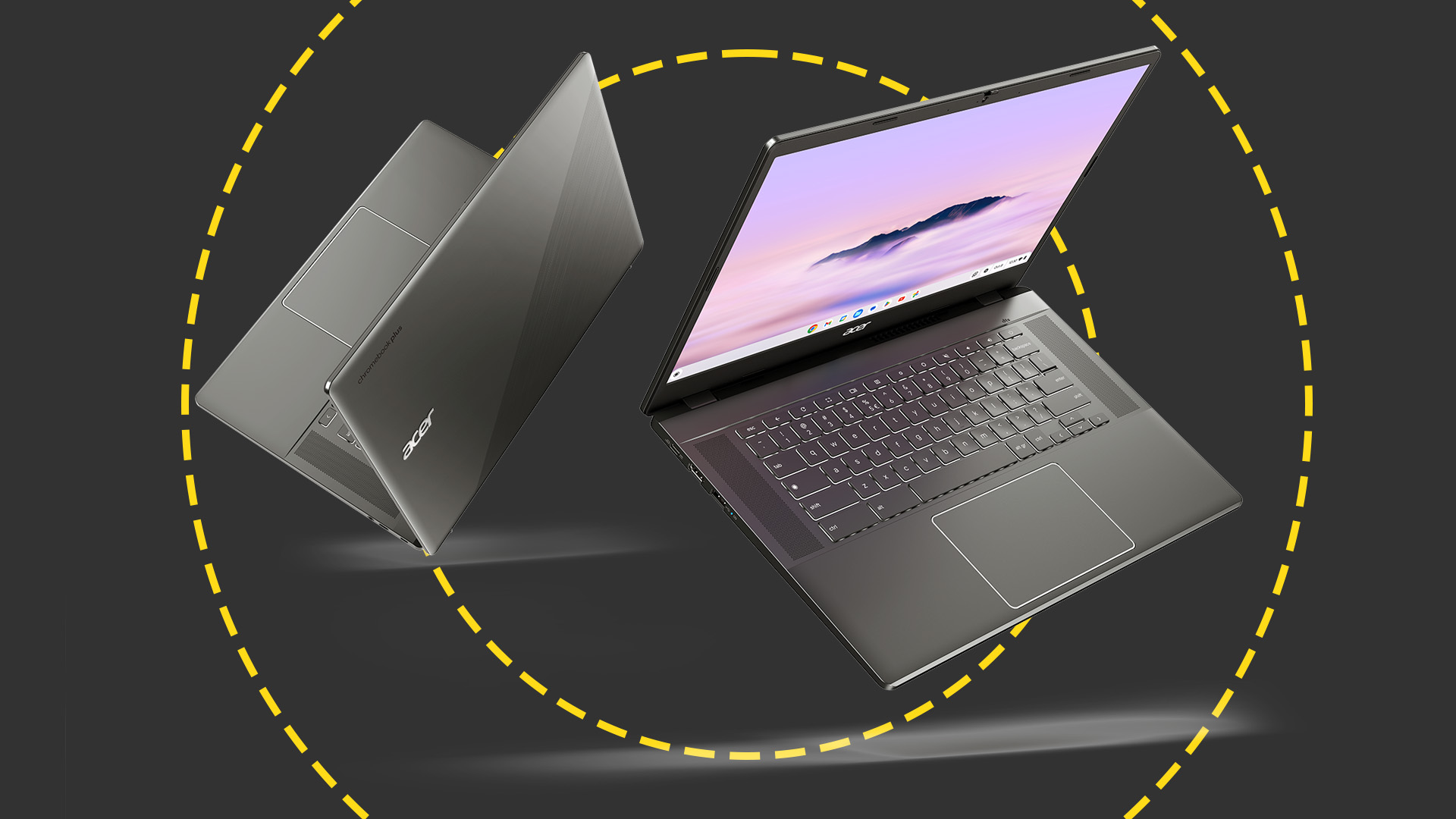 Acer Chromebook Plus 515 review: A brilliant big-screen workhorse for tight budgets
Acer Chromebook Plus 515 review: A brilliant big-screen workhorse for tight budgetsReviews Compromises have been made to stay in budget, but the Plus 515 makes sense as a hard-working, cost-conscious Chromebook
By Stuart Andrews
-
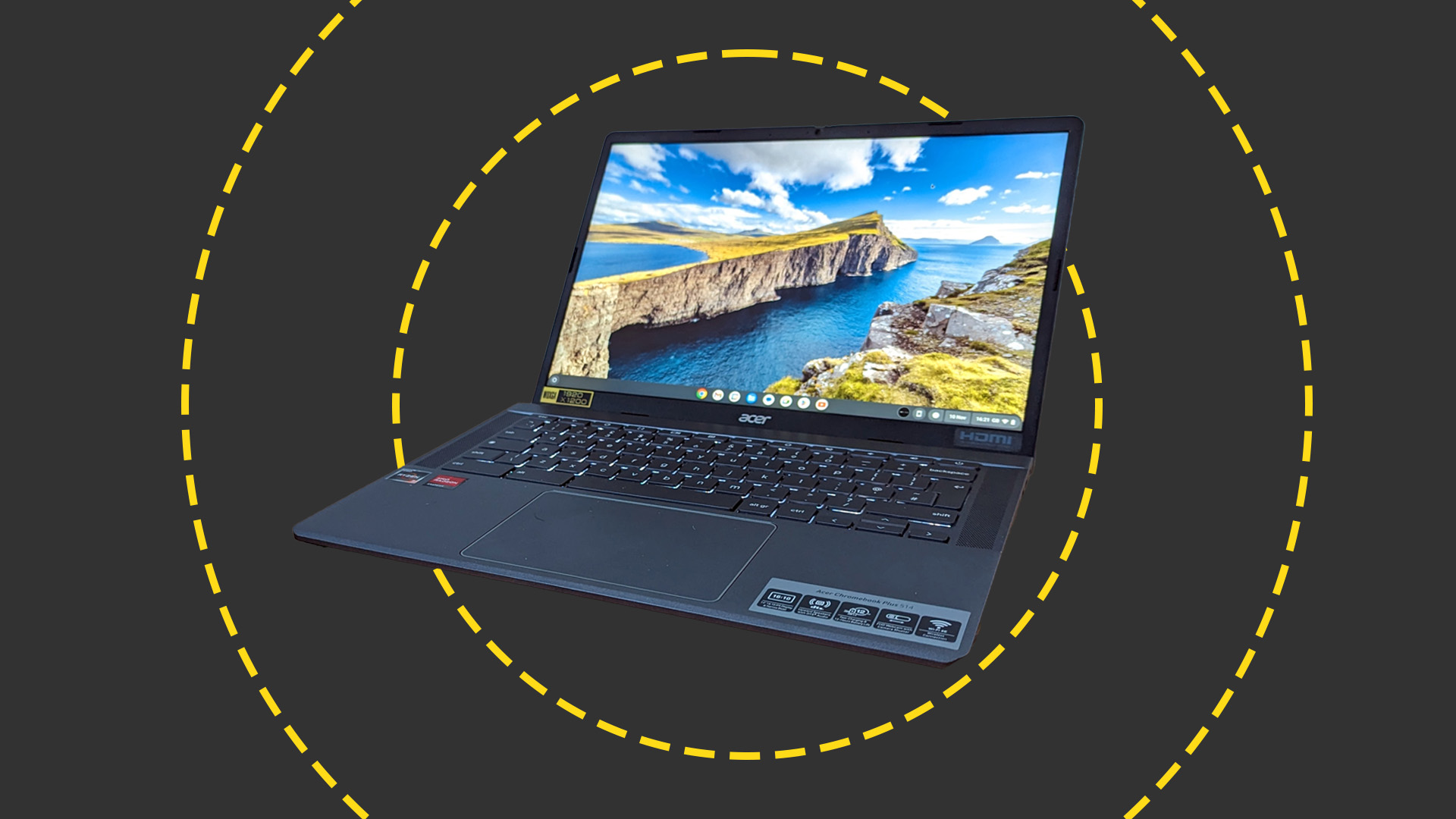 Acer Chromebook Plus 514 review: A better class of budget Chromebook for business use
Acer Chromebook Plus 514 review: A better class of budget Chromebook for business useReviews The Chromebook Plus 514 is a solid, speedy Chromebook on a limited budget
By Stuart Andrews
-
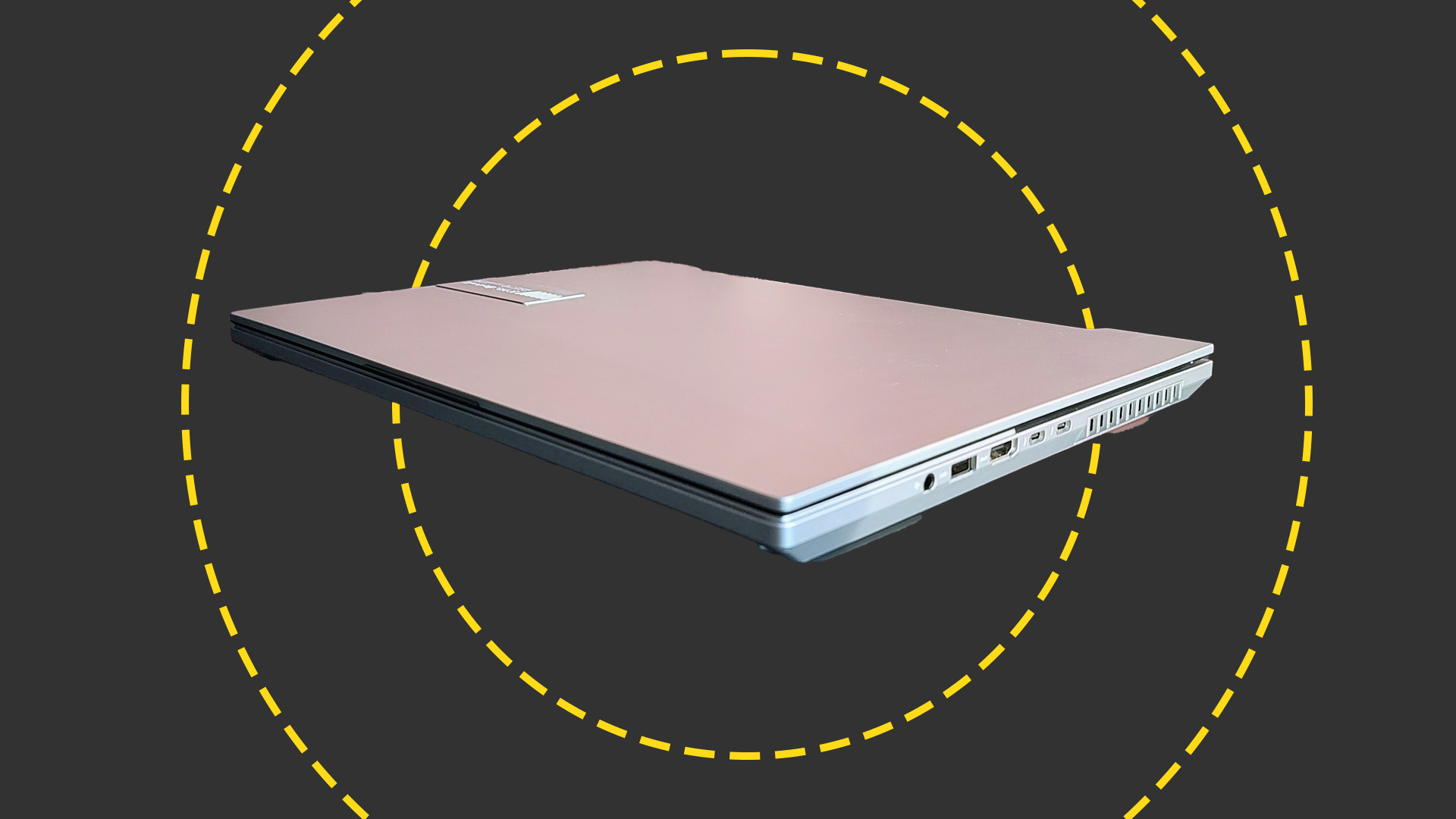 ASUS Vivobook Pro 16X OLED (K6604) 2023 review: An extraordinary omnicompetent laptop
ASUS Vivobook Pro 16X OLED (K6604) 2023 review: An extraordinary omnicompetent laptopReviews If there's a task the new Vivobook Pro 16X can't do well, and quickly, we can't find it – it's a jack-of-all-trades par excellence
By Alun Taylor
-
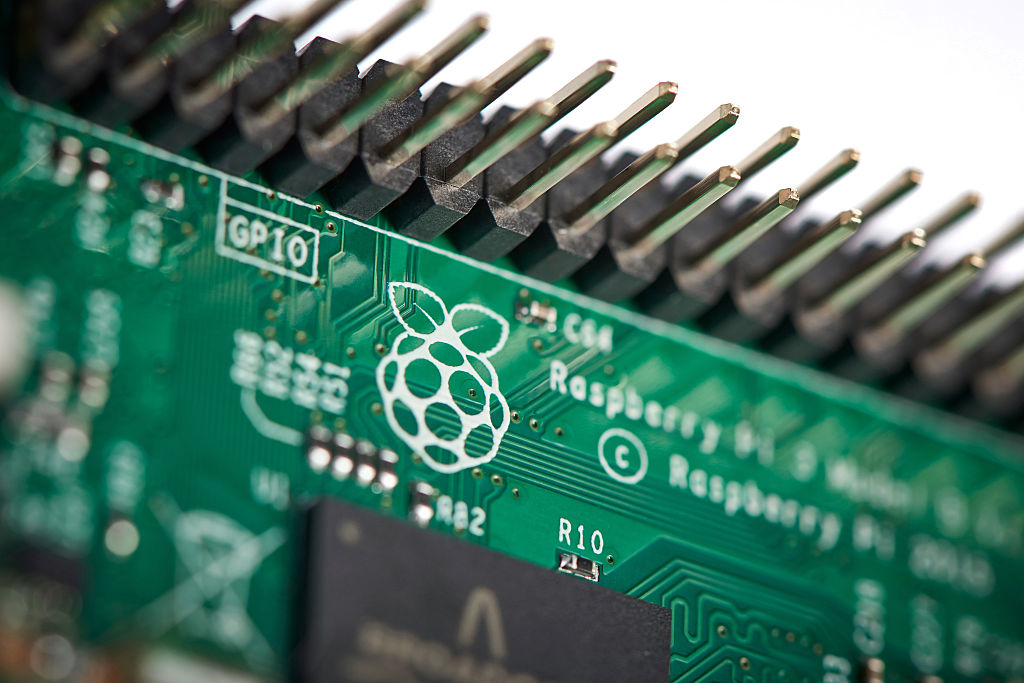 Arm acquires stake in Raspberry Pi in bid to drive IoT development
Arm acquires stake in Raspberry Pi in bid to drive IoT developmentNews The deal confirms a long-standing Raspberry Pi commitment to Arm chips
By Emma Woollacott
-
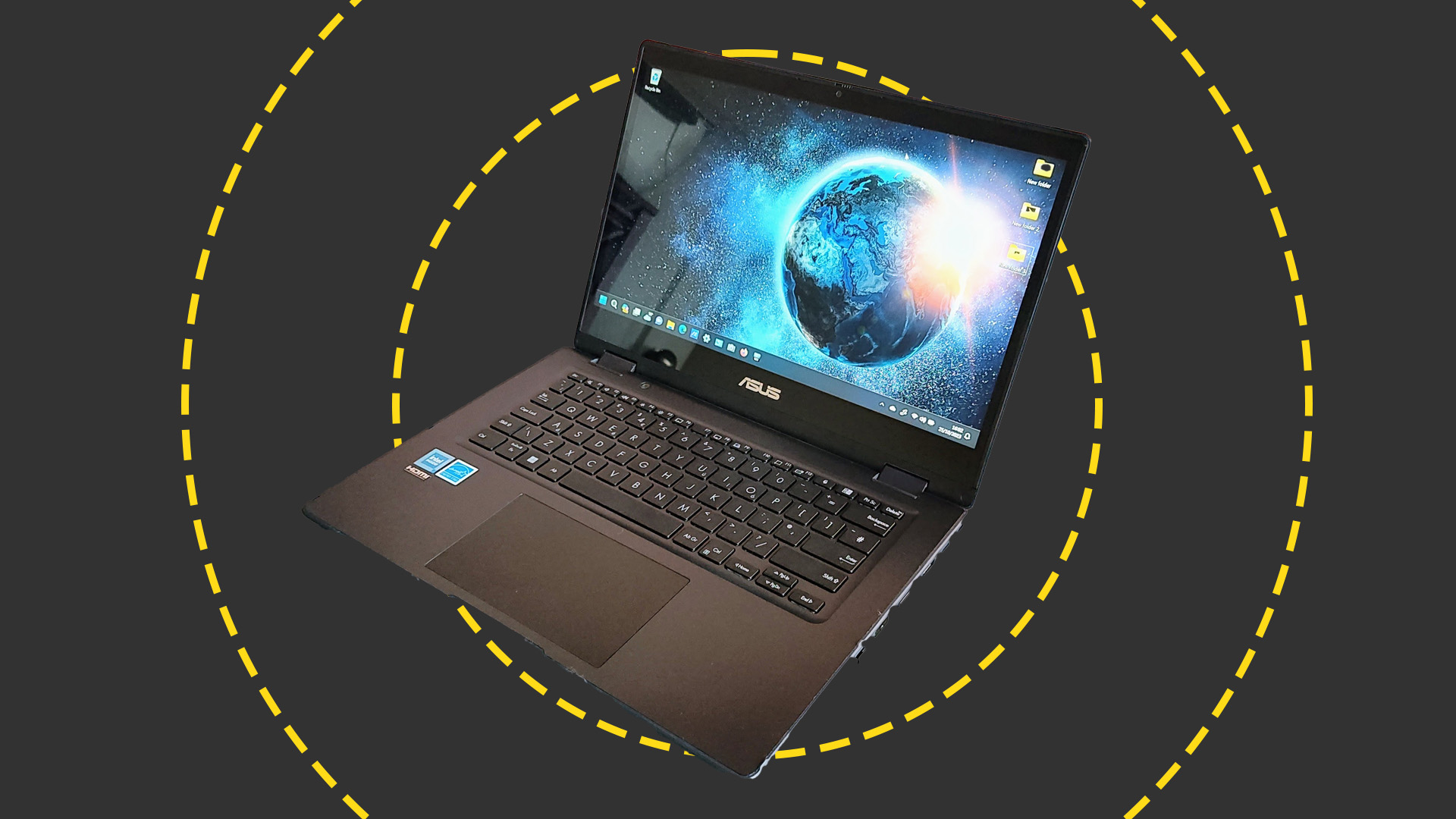 Asus BR1402 review: Rugged modularity for the classroom and workplace
Asus BR1402 review: Rugged modularity for the classroom and workplaceReviews The BR1402 is no powerhouse, but it's versatile, rugged, and crammed with useful features
By Alun Taylor
-
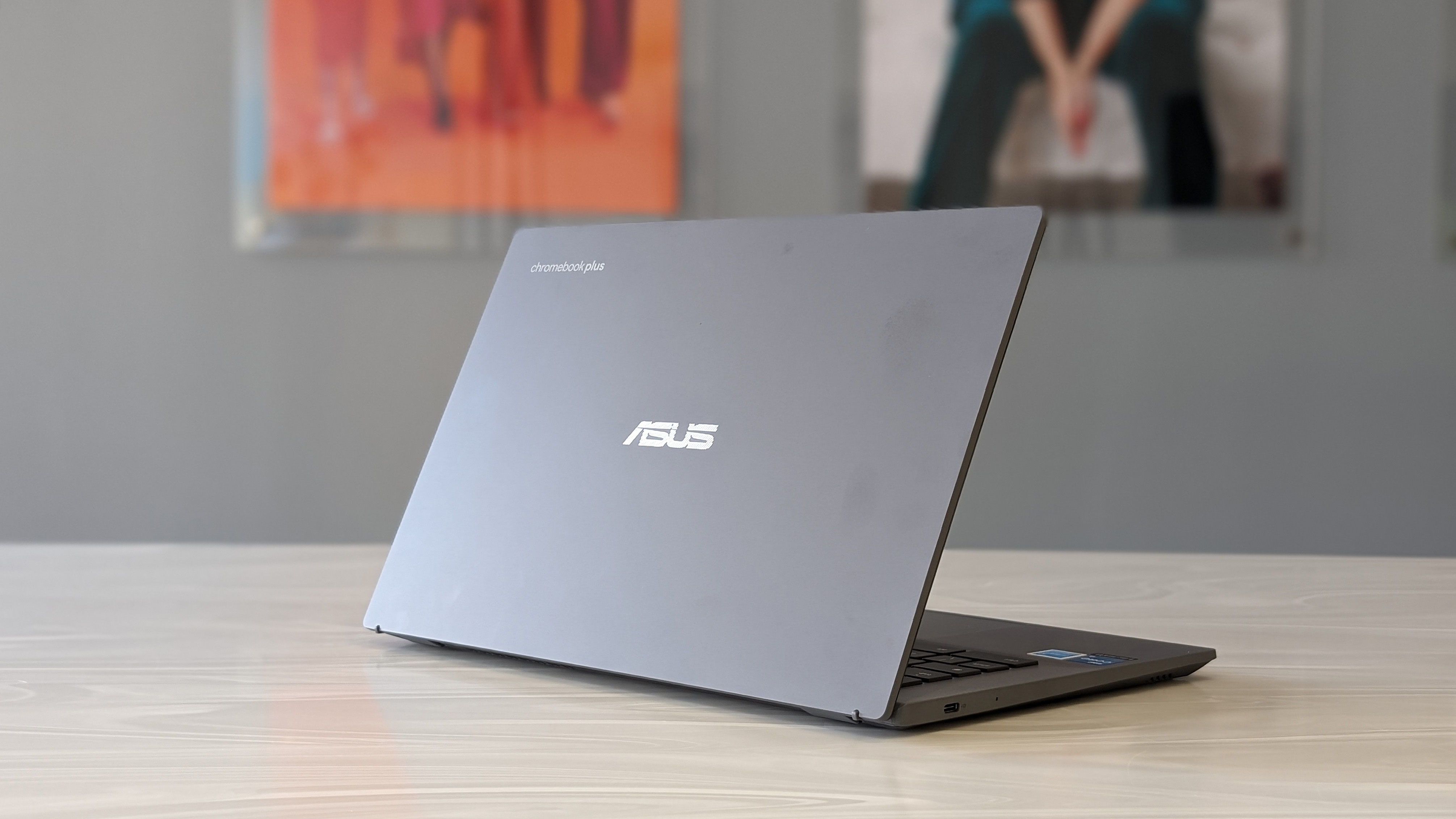 Asus Chromebook Plus CX34 review: i3-powered goodness for students and small businesses
Asus Chromebook Plus CX34 review: i3-powered goodness for students and small businessesReviews The first of a new breed of Chromebook, the CX34 is an affordable workhorse
By Bobby Hellard
-
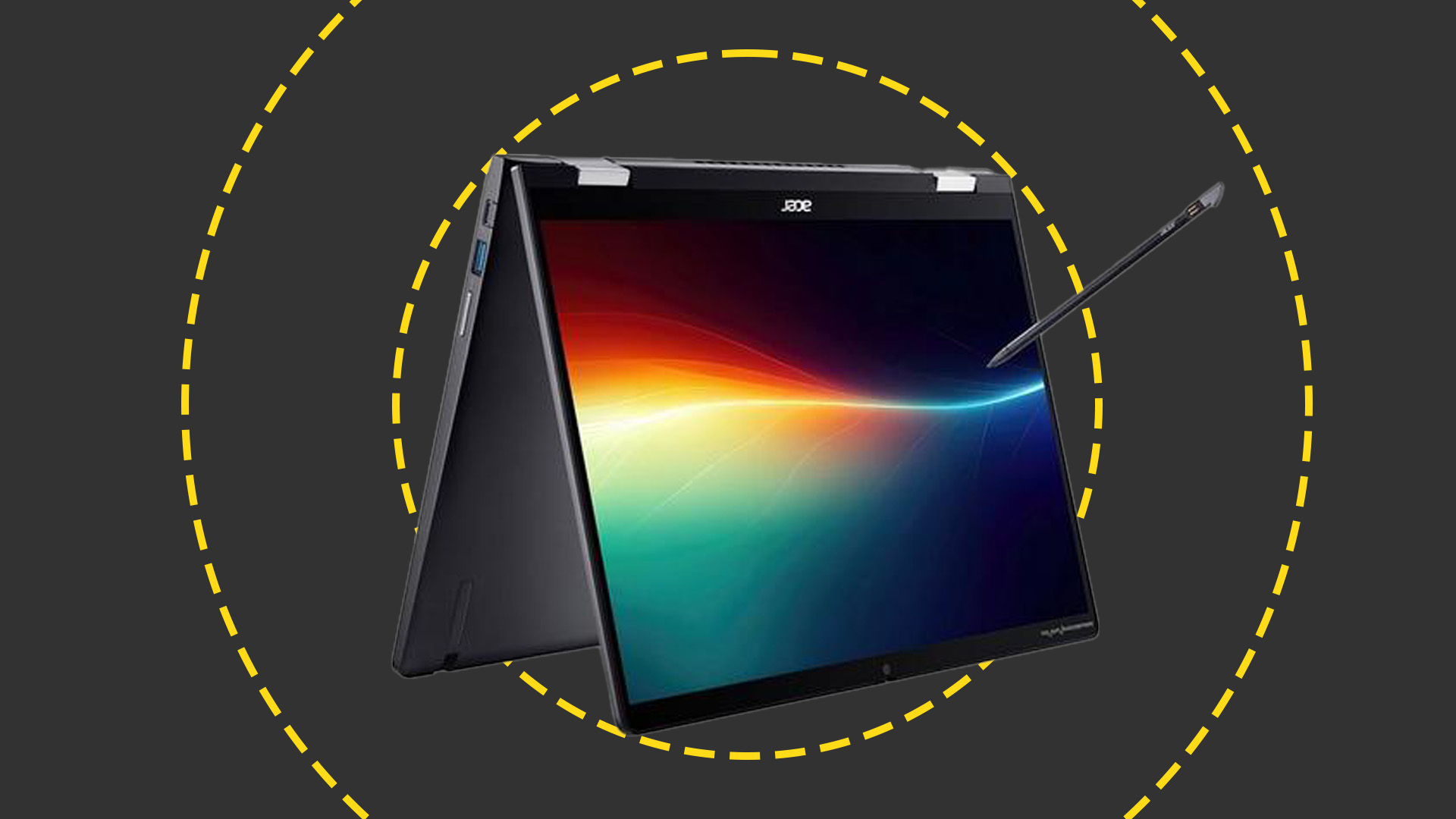 Acer Chromebook Spin 714 review: The best business Chromebook gets a refresh
Acer Chromebook Spin 714 review: The best business Chromebook gets a refreshReviews With a great design, excellent performance and impressive battery life, this is the new business Chromebook to beat
By Stuart Andrews

